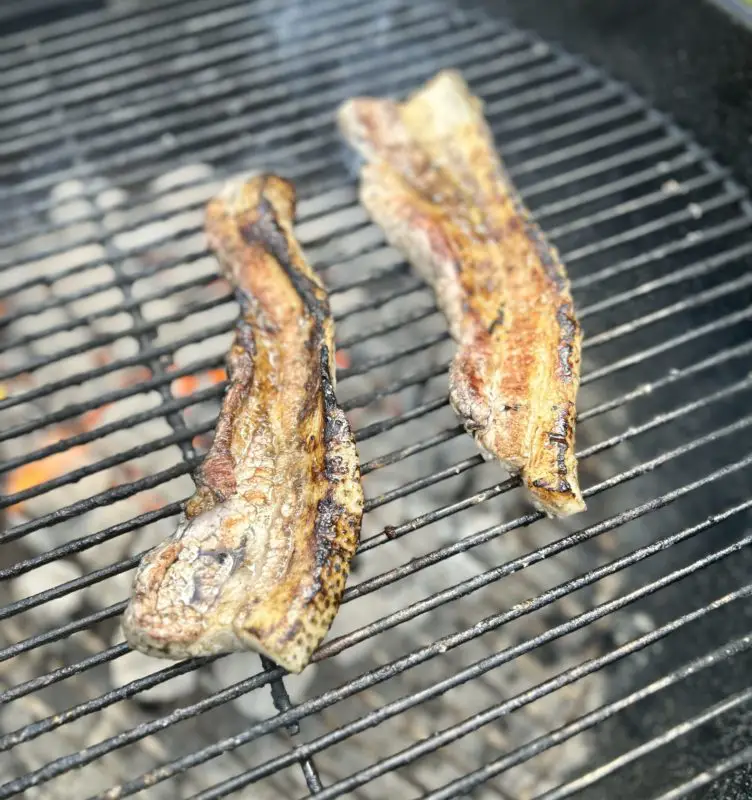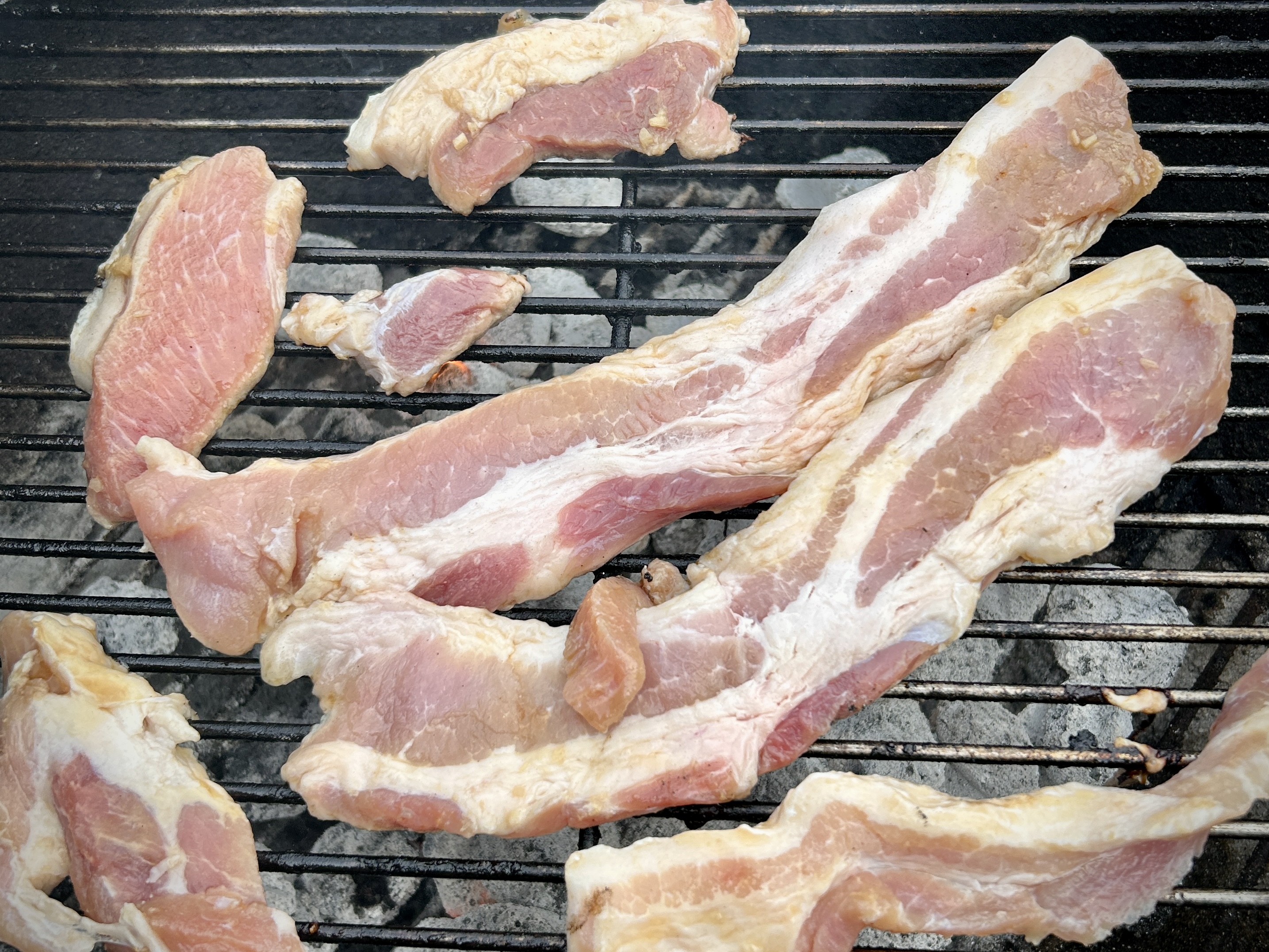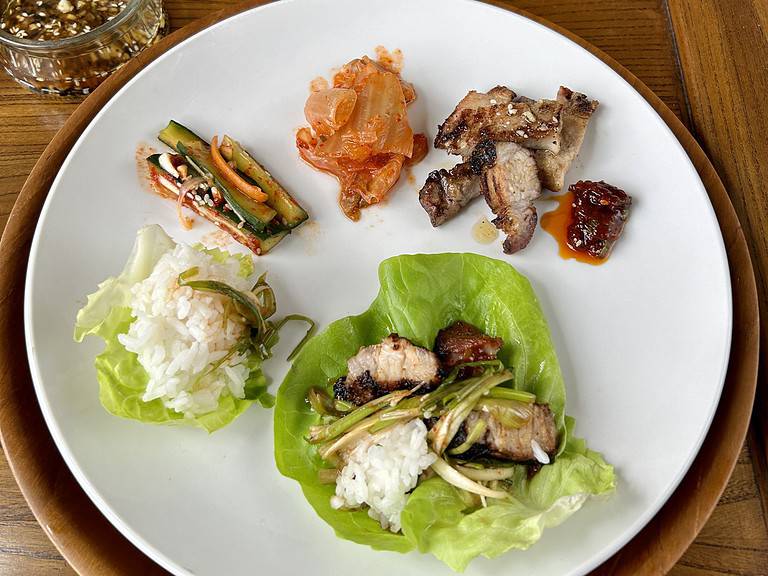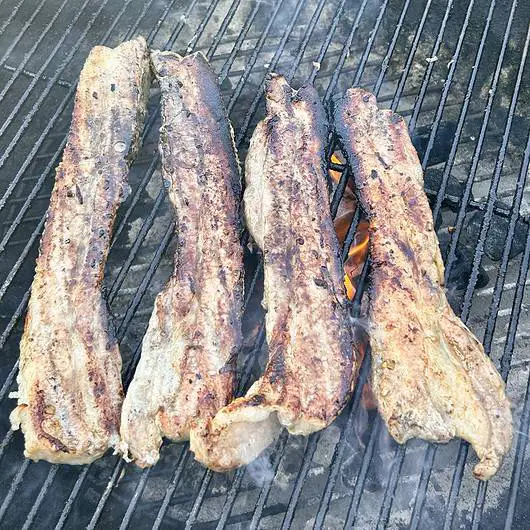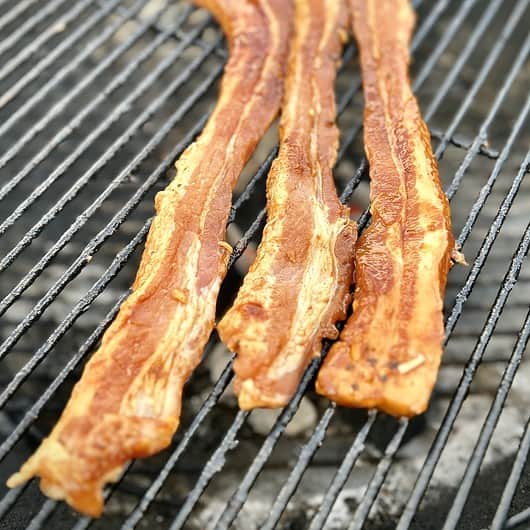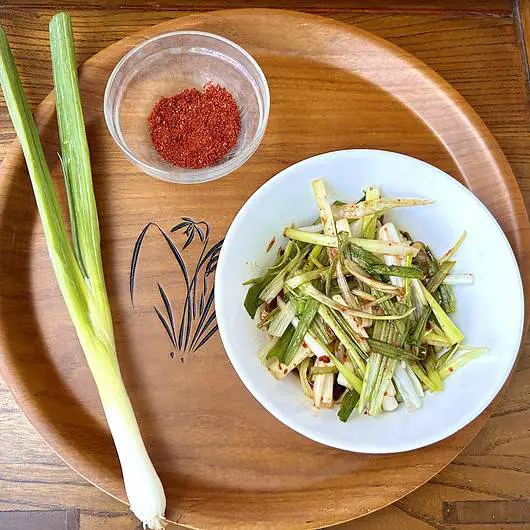Samgyupsal, thin slices of marbled pork belly, is one of the most beloved Korean barbecue dishes. This melt-in-your-mouth meat with crispy edges and incredible depth of flavor is an absolute must-try. As someone who moved to Korea and tried samgyupsal the day after arriving, this dish holds a special place in my heart.
While the complexities of Korean cuisine can’t be fully captured in one post, my goal is to help you experience incredible samgyupsal Korean grilled pork belly right at home. Below I’ll cover where to source authentic ingredients, my foolproof cooking method, and the classic banchan sides that take this pork belly to the next level.
Finding and Prepping Elite Sangyupsal Pork Belly
To highlight the natural flavors of the meat, quality pork belly is essential. Preferably look for Berkshire pork known for lush marbling. Korean grocers will have pre-sliced options, or slice it yourself. The slices tend to be thin, about 1/4 – 1/2 of an inch (0.6 – 1.3 cm). My family prefers thicker cuts so we go for 1/2 – 1 inch (1.3 – 2.5cm). My go-to Korean grocery store is Kimchi Mart in Pembroke Pines, otherwise I also procure my pork belly from Wild Fork, which also offers delivery options. Leave the fat on for maximum flavor.
Master the Simple Sangyupsal Cooking Technique
With elite pork, the cooking itself is straightforward:
- Get your grill or pan piping hot – this helps render the fat and create char.
- Cook the slices for 2-3 minutes per side. Resist flipping constantly so the fat renders.
- Once cooked, dip in your favorite sauce, or pair with your preferred sides and eat!
Balance Sweet, Savory, and Spicy
One of the keys to excellent samgyupsal is not overpowering the natural flavor of the pork. In Korea, the pork belly is often enjoyed without any marinade, allowing the meat’s richness to shine. When I make it at home, I’ll prepare a couple quick marinades, but I also cook some slices with just a light seasoning of salt and pepper. Without an assertive marinade, you can really appreciate the delicate pork essence and luscious fat. The mellow marinade allows the quality of the pork to take center stage, while still adding a touch of flavor. With such an incredible ingredient, it’s important that the marinade complement rather than conceal the pork’s natural flavors.
The recipe on this post is for my basic no-marinade pork belly. If you want to try my other marinades check them out here:
Samgyupsal Umami Sesame Soy marinade
Samgyupsal Sweet and Spicy marinade
Banchan – Korean Side Dishes
One of the best parts of Korean barbecue is the array of banchan (side dishes) that accompany the meat. Samgyupsal is always served alongside an assortment of banchan that provide flavor and texture contrasts to the rich pork. Crisp lettuce leaves act as edible wraps, while cabbage kimchi and cucumber kimchi provide spikes of spice and acidity. Steamed white rice soaks up the fatty meat juices beautifully. The crowning touch is the dipping sauce like the simple sesame oil and salt mixture, savory doenjang sauce, or the spicy, slightly sweet blend of doenjang and gochujang. Building each bite with a piece of pork belly, smear of sauce, fresh veggie banchan, and a bite of rice encapsulates the Korean barbecue experience. Experiment the sides to balance flavors and textures in each perfect pork-filled parcel.

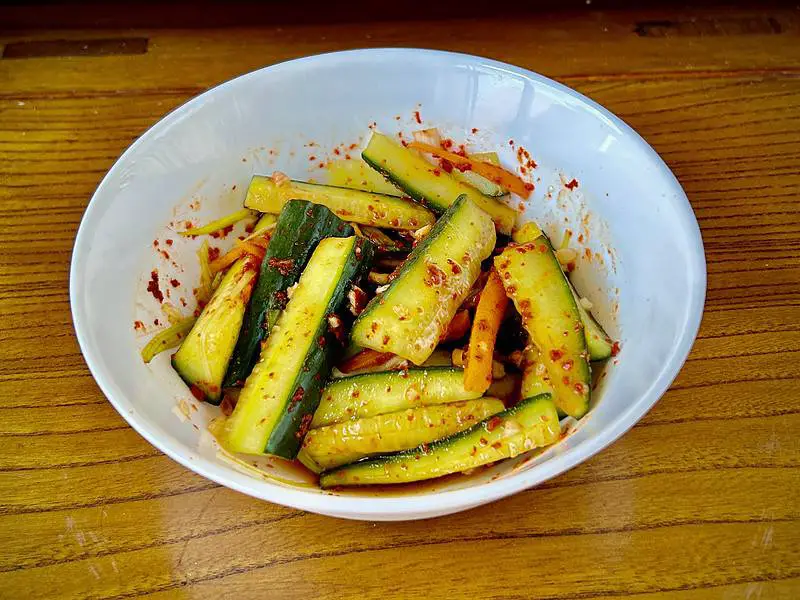
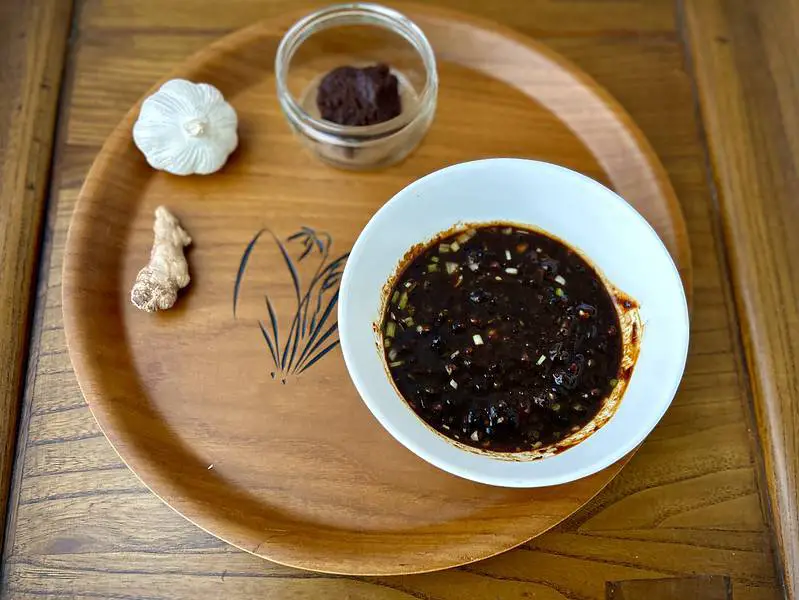
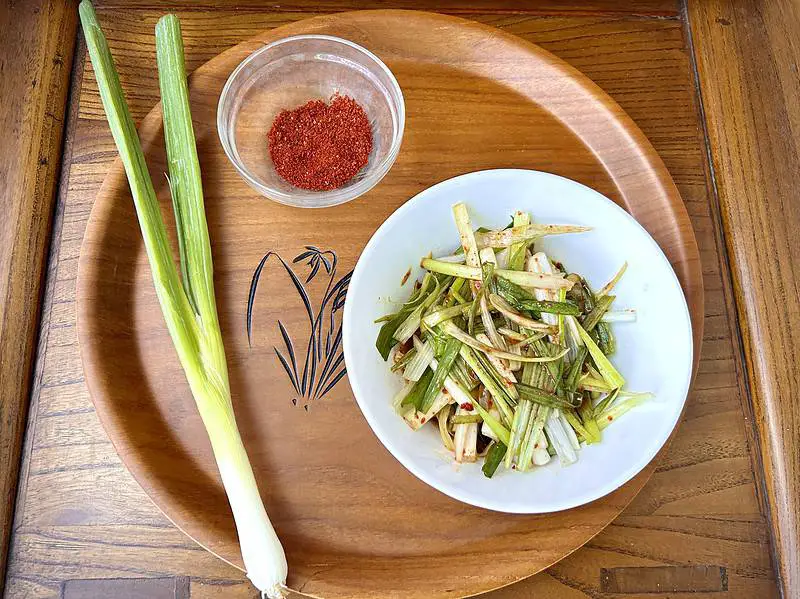
Try my recipes for the following sauces and side dishes:
- Cucumber Kimchi
- Green Onion Salad – also known as Pajeori
- Doenjang Dipping Sauce
- Sweet and Spicy Dipping Sauce
Conclusion
Recreating the Korean barbecue experience at home is easier than you think. With high quality pork belly, simple cooking techniques, and traditional banchan sides, you can make insanely delicious samgyupsal any night of the week. The first slice will transport you back to that incredible first taste, bringing a little piece of Korea to your kitchen.
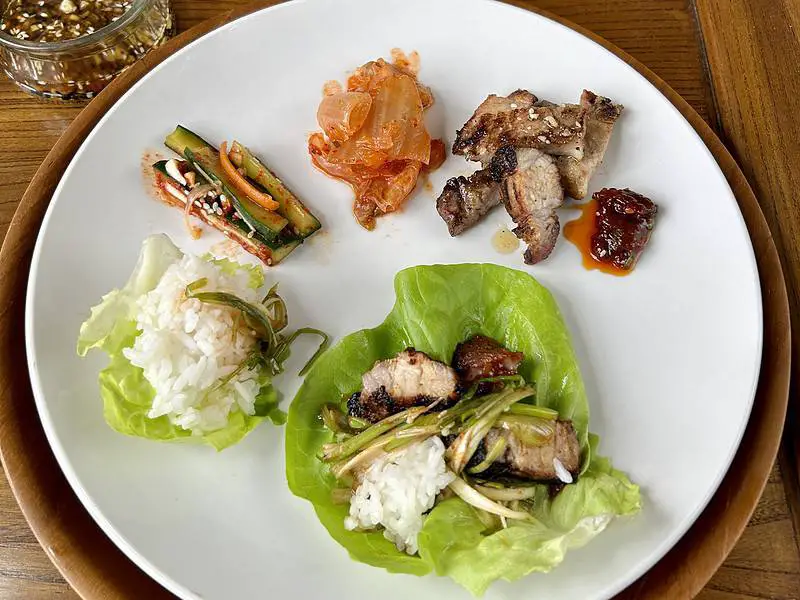
Fall in Love with Korean BBQ: How to Make Authentic Sangyupsal at Home
8
servings10
minutes15
minutesKeep the screen of your device on
Ingredients
3 lbs 1360.78 g Pork Belly
Salt and Pepper to taste
- Sesame Dipping Sauce
1/4 cup 59.15 ml Sesame oil
1 1 Garlic clove
1 tsp 1 tsp Sesame
Salt
Pepper
Directions
- Request your butcher to slice the pork belly to about 1/4 – 1/2 of an inch (0.6 – 1.3 cm) thick. Alternatively you can slice the pork belly yourself.
- You can use a cast iron skillet if indoors. Otherwise if you want to cook outdoors you can grill the pork belly on a hot charcoal or gas grill. Add salt and pepper to taste to the pork belly slices and cook 2 to 3 minutes on each side or until crispy.
- Serve while warm with banchan, sesame dipping sauce, or any other of your favorite sauces.
- Sesame Dipping Sauce
- Finely mince the garlic.
- Mix all the ingredients together and serve with the pork belly for dipping.
Notes
- Sesame dipping sauce is what really makes the pork belly shine. Alternatively you can also try the Doenjang or Sweet and Spicy dipping sauces.
- If you’re grilling the pork belly you need to make sure that the thin strips don’t fall through the grill grates. Using a grilling basket may help you out.
- Pork belly is very greasy, so you need to pay close attention to flare ups when grilling. You can control them by having an indirect heat zone, and quickly covering the grill to extinguish the fire.
Did you make this recipe?
Tag @javierhappyeats on Instagram and hashtag it with
Like this recipe?
Follow @javierhappyeats on Pinterest
Join our Facebook Group!
Follow Javier Happy Eats on Facebook
Samgyupsal Sesame – Soy Marinade
Difficulty: EasyThis easy Korean barbecue marinade infuses the pork belly with a savory umami flavor. The combination of soy sauce, ginger, sesame oil, and honey works to tenderize the meat while adding a nice sweetness. For best results, let the pork marinate for at least 2 hours. Leaving it in the fridge overnight allows the marinade to penetrate the meat, but 2 hours should suffice.
4 votes 4.8 Cuisine: KoreanGreen Onion Salad – The Secret Side Dish that Makes Korean BBQ Complete
Difficulty: Easy5 votes 4.8 Cuisine: Korean

